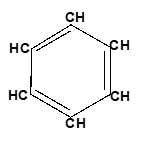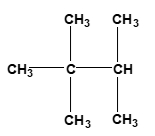In chemical reactions, the rate at which a reaction occurs is influenced by four major factors, primarily focusing on the concept of molecular collisions. For a reaction to take place, reactive molecules must collide with sufficient energy. This leads to two important concepts: collision frequency and successful collisions.
Collision frequency refers to the number of collisions between molecules that occur in a given time frame. However, not all collisions result in a reaction; only those that are energetic enough to overcome the activation energy barrier lead to product formation. These are termed successful collisions. In essence, while molecules may collide frequently, only a fraction of these collisions will be successful if they do not possess the necessary energy or orientation.
When molecules are energized, they collide with enough force, resulting in successful collisions where they bond together to form products. Conversely, if the molecules lack sufficient energy during a collision, they will not react; instead, they will simply bounce off each other without forming any new substances.
Understanding these concepts is crucial for grasping how various factors can affect the rate of chemical reactions. The next step involves exploring these four factors in greater detail to see how they impact the likelihood of successful collisions and, consequently, the overall reaction rate.





